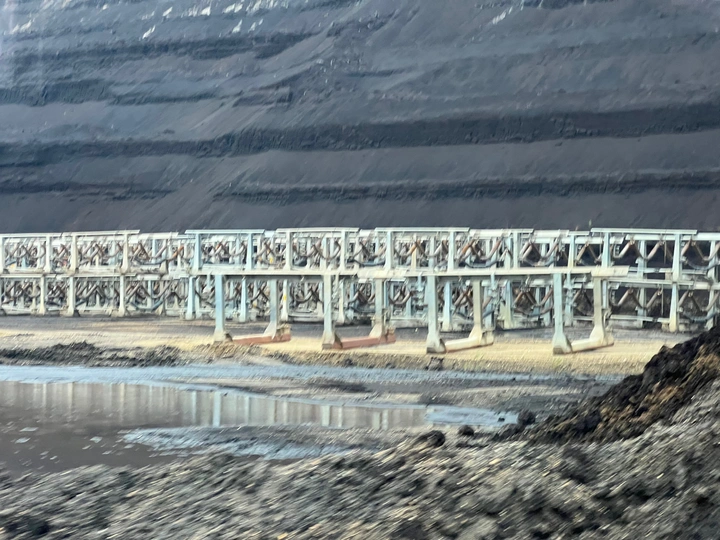Mud Season

Pernille Christensen is an architect, researcher and writer who is currently based in Denmark. She holds a Master of Arts in Architecture from the Royal Danish Academy of Fine Arts in Copenhagen and the University of Applied Arts Vienna.
Her interdisciplinary practice situated across art, architecture and language explores the conditions of earthly movements, material displacement, memory foam and formations of terrains in transition through mythical fictions, chaotic cartographies and spatial choreographies at the interface of poetics, politics and geologies. Her transmedial work operates with architectural methodologies, seeking unfinished, open-ended and intimate phenomena as catalysts for spatial and sensitive relationships with critical worlds.
This framework is deeply connected to her own nomadic movements of place and mind as she searches for a ground (in the voids of professions, being a woman, eroding ecologies and economics), while being haunted (by societal structures, capitalism, digital overwrite, and pollution).
Rooted in these architectural and artistic discourses, she contributes internationally through lectures, publications, exhibitions and workshops. With recent projects in Japan and Vienna, she works internationally in collaboration with artists and architects on artistic concepts, architectural strategies, narration, exhibition production and curation in various spaces, including Kunsthaus Graz (2025), Golden Pixel Cooperative and Reading Honjima (2024), the Basque International Architecture Biennial Mugak, Galerie UM Prague, the Danish Association of Architects, AARCH and KADK (2023), and the New UNESCO Visitor Centre Stevns (2019). She has been awarded for academic projects in 2019 and for her Master's thesis in 2023. Her work has been published in various prints, publications and exhibitions and she has received several grants and funding for her academic and artistic research.
Mud Season is an open-ended poetic research exploring the temporality of displaced earthly matter and haunted landscapes by archiving visual and text-based fragments over time. From the mud, uncovered stories, materials and aesthetics arise through archeological excavations and reestablish intimate relations to the ground, questioning the future of terrestrial conflicts.
Colossal topographies of industrialized extraction have formed environmentally acidic scars across the terrestrial crust, alienated in their distance from sight and touch. Sand, soil and metals are excavated, scraped and scattered from foreign places to clusters in restless positions, transforming a place for a second, a day, an eternity. Still, the earth is the largest harddisk of time, storing meteors, wars, floods, settlements, migration flows and ice ages. All archived and scratched into the earth. The garden is a shelter providing nurture, until neural activity expand to wider fields, mines and military grounds, and the same notion of garden serenity becomes one of terrestrial dizziness.
The project takes shape as an archival vessel collecting fleeting materials and morphing terrains that transgress borders. With the same fluctuating movement, Mud Season will gather cultural, mythic and materialized fossils through exhibitions, publications and workshops at the interface of fact/fiction, knowledge/spirit, ecology/cult. The soil fictions are just as the landscapes consisting of traces, gases, and technologies. Fiction is the terminological operating space for the imaginary and sensory. Here, transitional terrains have lost their rational whole in amnesia, with only fragments coming to light.
As this project leaves places behind to be displaced, so does mud and piles travel in myriads of imagination and factual pragmatics. This project is a fraction of such garden despair; an unfinished erosion of female self, lost causes and cursed lands. A tireless search for a ground while being haunted.